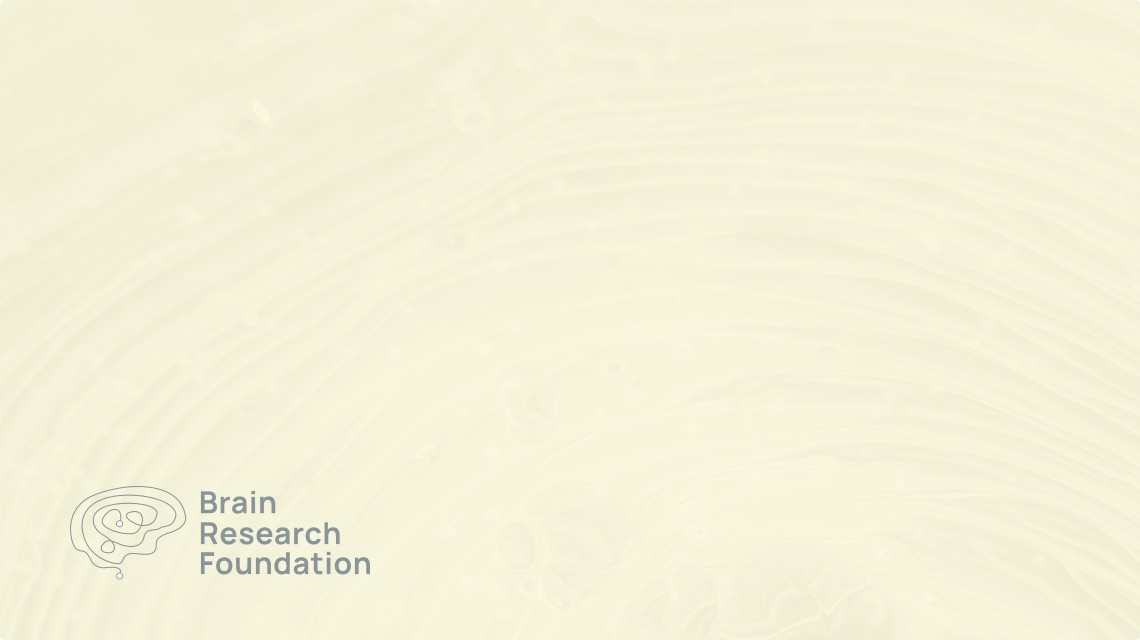A Pharmacological Dissection of the Mammalian Efferent Vest
2005 Seed Grant
Jay M. Goldberg, Ph.D.
The University of Chicago
The vestibular labyrinth is the portion of the inner ear concerned with balance and equilibrium. It monitors the three-dimensional angular and linear forces acting on the head and conveys the information to the brain, where it is combined with vision and other sensory information, and used in such function as postural control and spatial orientation. Information is passed to the brain by way of afferent nerve fibers. In addition, there is an efferent innervations (EVS) that originates in the brain and synapses on hair cells and afferent processes. Although we know a great deal about the peripheral actions of the EVS, we have much less understanding of its function. One way of learning more about its function is to determine the neurotransmitters used by the EVS and the receptors they activate.
Most people are unaware of the operation of the vestibular system because it does. Not lead to distinct conscious sensations. This is so as long as the system is operating normally. But abnormalities of the system can lead to debilitating sensations of dizziness and vertigo, as well as the disastrous failure of balance. In fact, among the elderly, falls are a leading cause of morbidity and much of this defect in balance control is due to a decrease in vestibular sensitivity. There are reasons to believe that the EVS attempts to maintain vestibular function throughout the lifetime of the individual. Hence, knowledge of the EVS may lead to therapies that reduce the debilitation associate with vestibular abnormalities and an understanding of the pharmacology of the EVS may lead to new drug therapies.

